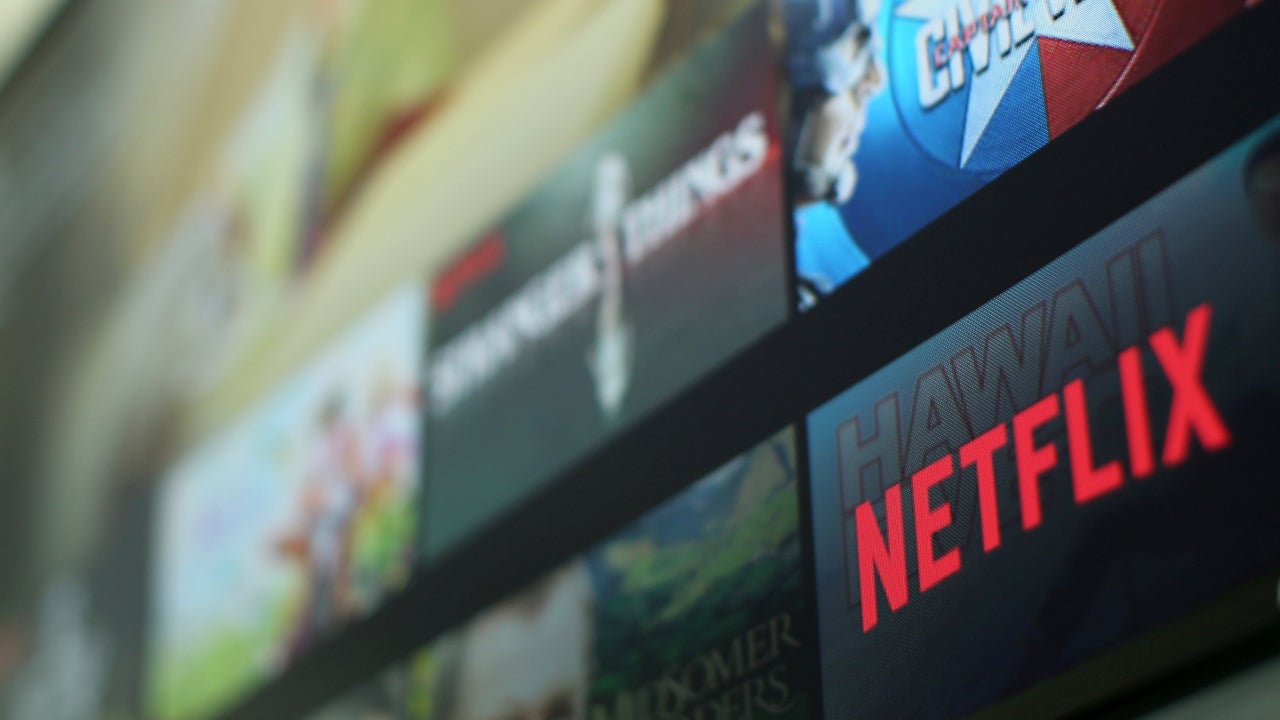The five things that will define the next act of streaming TV
If you know nothing else about what’s going on in the battle for TV supremacy, make sure you’ve got these five points in your head if you suddenly find yourself cutting deals with Hollywood execs at Spago.


If you know nothing else about what’s going on in the battle for TV supremacy, make sure you’ve got these five points in your head if you suddenly find yourself cutting deals with Hollywood execs at Spago.
Welcome to our field guide on the coming streaming wars. Check out other parts of our deep dive into the future of television here.
- There are a finite number of subscriptions, including music and entertainment, that people will be willing to pay for each month. The new platforms that launch, like Disney+ and WarnerMedia’s video service, will have to be enticing enough to get people to part with another subscription—making the next act in streaming video more of a competition for wallet share than attention. Savvy pricing will be just as important as stellar content.
- When studios start withholding content for their own platforms, the success of Netflix, Amazon, and others could come down to originals. Netflix and Amazon are already spending tons on production to prepare for this. Amazon is also revamping the Prime Video interface, and Netflix is pouring money into marketing to make sure those shows find their audiences.
- Brands, not just content, will be king. Amazon proved that you can make great shows like Transparent and The Man in the High Castle, but it won’t matter much if you can’t build bigger brands around them. Five seasons of a show like Bosch aren’t as powerful as characters like Iron Man or Dora the Explorer that can live beyond their TV shows. Old media excels at that. Streaming video is just getting started. What Shonda Rhimes and Mark Millar are trying to do at Netflix by building their own mini-Marvels could be game-changing in that regard.
- There’s room for somebody to become a leader in streaming video by making it easier to discover and manage content across apps. Amazon, Apple, and Hulu are making plays at this by aggregating video subscriptions, as is Comcast, which calls itself the “aggregator of aggregators.” Whatever company wins will get some pretty remarkable data. Netflix knows what you watch and don’t watch on its own service, but it doesn’t know what you leave Netflix to watch on Amazon.
- The next round of deals between cable TV networks and programmers is going to be wild. TV networks with streaming offerings like CBS, Disney, and HBO have more leverage because they no longer depend solely on the cable companies to reach their audiences. But pay-TV providers like Comcast, Dish, and DirecTV also have less incentive to pay high carriage fees and subscriber guarantees when they are losing customers and the networks are competing against them. Oh, to be a fly on the wall when Disney and Comcast renegotiate their carriage fees.